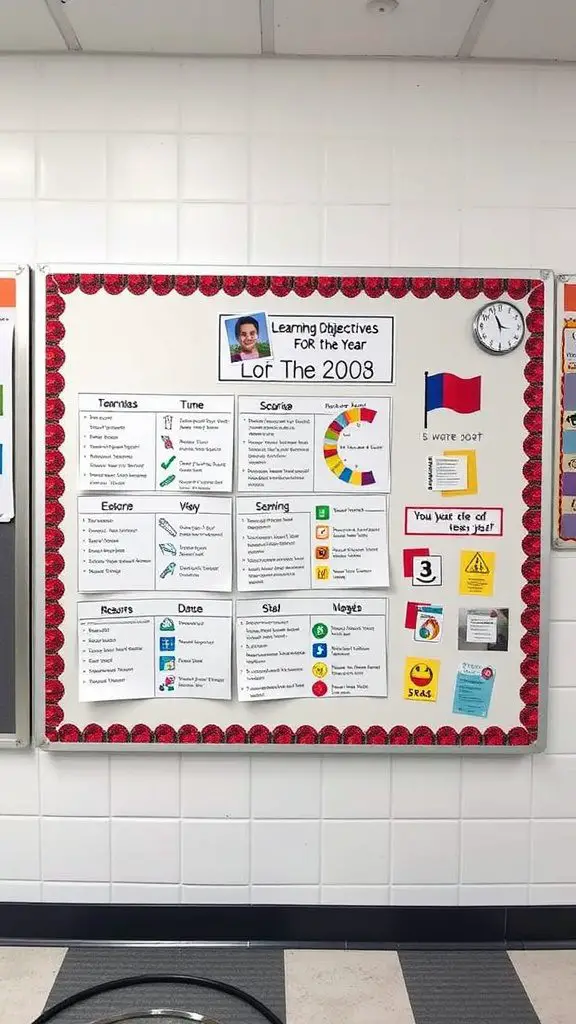Looking to jazz up your classroom and inspire creativity as the new school year kicks off? Back to school bulletin boards are a fun and easy way to set the tone, spark interest, and engage students from day one. Whether you’re showcasing important classroom information or celebrating student achievements, these boards can be both functional and visually appealing. Let’s dive into some ideas and tips to make your bulletin boards pop this school year!
Inspirational Quotes for Motivation
Bulletin boards can brighten up any classroom and inspire students. Adding motivational quotes is a great way to encourage positivity and hard work. Simple yet impactful phrases remind everyone to keep pushing forward and believe in their abilities.
Seasonal Themes and Celebrations
Bulletin boards are a fun way to celebrate the seasons and holidays in a school. The bright colors and festive decorations bring a cheerful vibe to the hallway. Students love seeing their creativity on display, making it a great way to build school spirit!
Learning Goals for the Year
This bulletin board is a fun way to share what students will focus on throughout the year. Each objective is neatly laid out, making it easy for everyone to see what’s ahead. Engaging learning goals can really set the tone for an exciting school year!
Classroom Rules and Expectations
Setting clear classroom rules is a fun way to kick off the school year. Displaying them on a colorful bulletin board helps everyone remember what’s expected. Kids can easily see and understand the guidelines, making it easier for them to thrive in a positive environment.
Spotlight on Student Achievements
This bulletin board is a cheerful celebration of student success. With bright stars and certificates, it showcases the hard work and determination of our learners. It’s a fun way to inspire others and create a positive environment at school!
Interactive Map of Our Learning Journey
Our interactive map is a fun way to track where our learning takes us this year. Each pin shows a different place we explore, sparking curiosity and conversation. It’s a great reminder that our classroom goes far beyond these walls!
Fun Facts About Our Class
Our class is full of surprises! Did you know that one of our friends has traveled to five different countries this year? We can’t wait to learn more unique facts from everyone!
Welcoming Students with Warmth
Bulletin boards can really set the tone for a new school year. A colorful and cheerful display can make students feel excited and comfortable as they walk through the door. Using bright colors and fun decorations helps create a friendly environment that everyone can enjoy.
Parent Involvement Corner
This bulletin board is a fantastic way to keep parents in the loop! It highlights all the ways they can get involved and support their kids this school year. By sharing resources and volunteer opportunities, everyone can help create a positive school community.
Monthly Themes and Activities Calendar
Creating a monthly themes and activities calendar can spark excitement in the classroom. Each month, you can highlight different activities that align with your students’ interests and seasonal events. It’s a fun way to keep everyone engaged and looking forward to what comes next!












